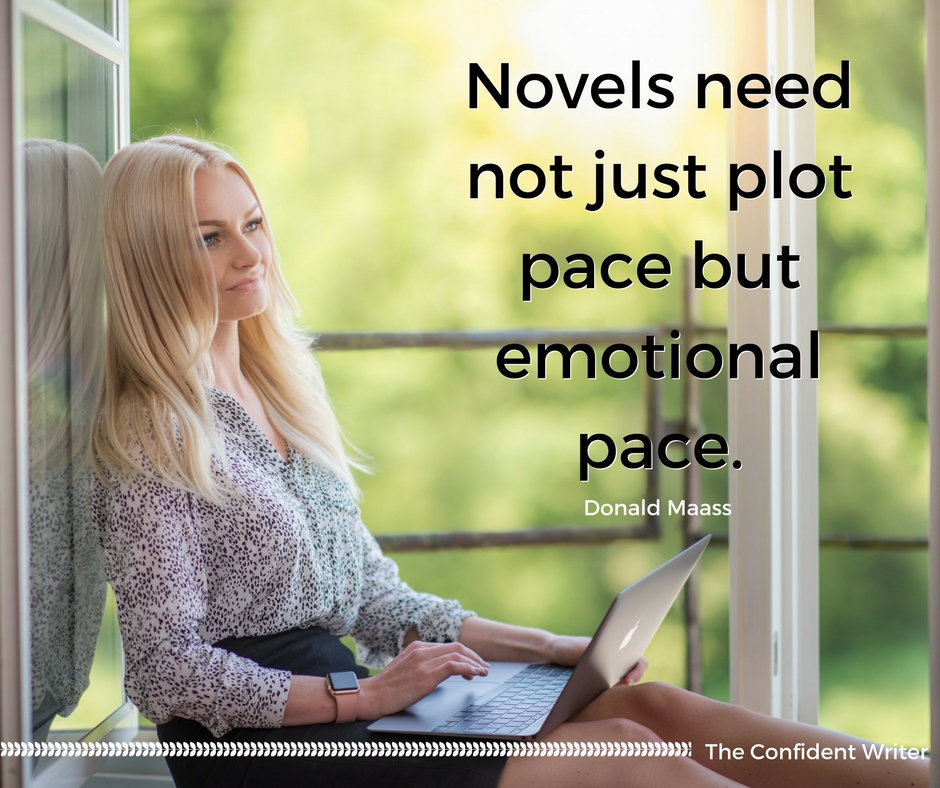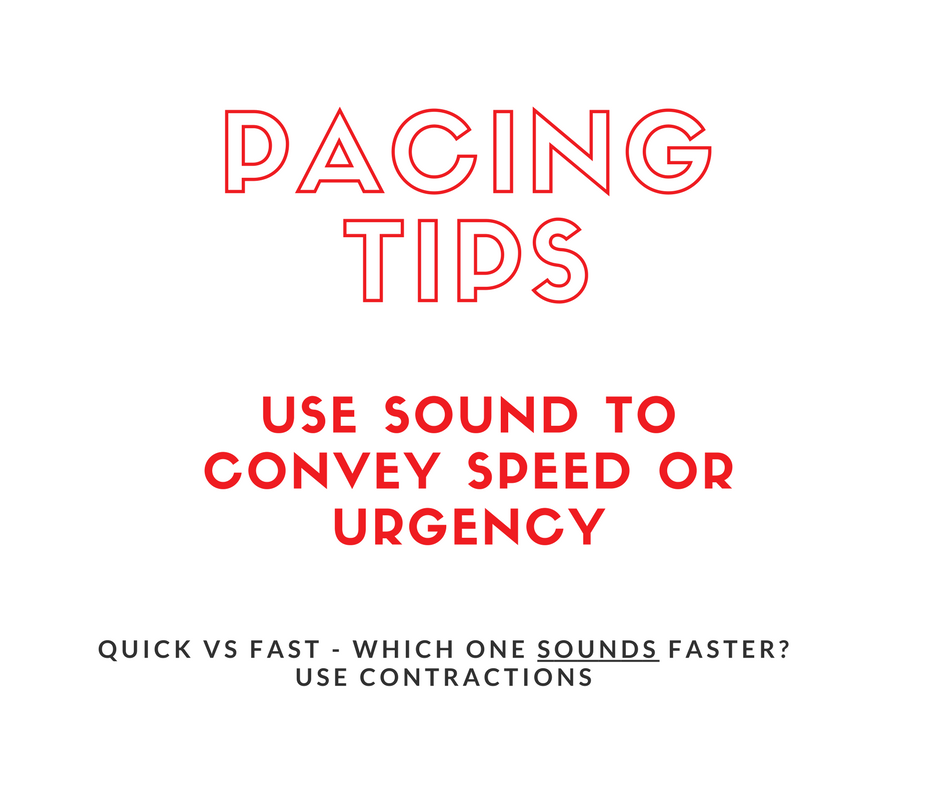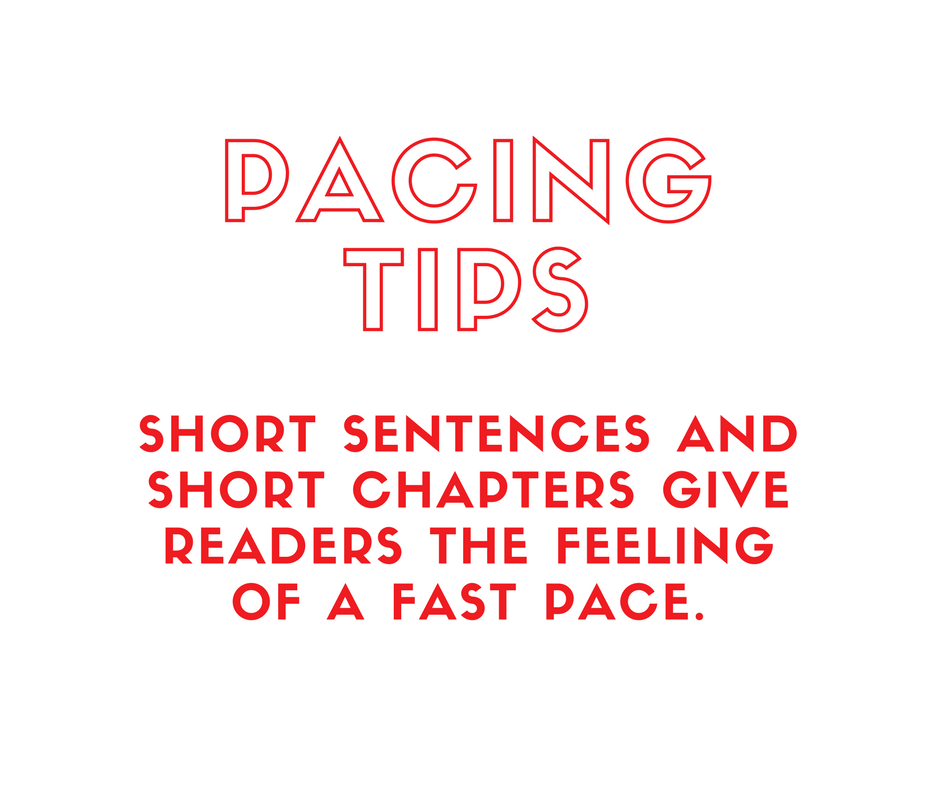
Get off the hamster wheel of revisions and begin editing smarter and more efficiently! We’re working our way through a 5-layer process that streamlines the editing process so you can get a draft to beta readers faster!
Prep Work: Goals
Layer 1: Plot
Layer 2: Scenes and Sequels (you are here)
Layer 3: (Weakness) Plus Characterization
Layer 4: Emotions
Layer 5: Consistency
Last week, part 1 looked at establishing story goals, character goals, and an emotional arc. Part 2 broke down the main plot points and how to identify and fix a number of common problems. With part 3 we’re going to dig down deeper and look at the story chapter by chapter.
We still aren’t editing word by word yet so do your best to continue ignoring word choices, punctuation, description, etc. The more focused you can be the more efficient your edits will be. Don’t get distracted by things we’ll get to in the coming layers — don’t do the same work twice. We’re starting with big picture stuff and narrowing our focus with each layer. If something structurally is wrong, playing with the description of a room won’t fix that.
This Is Really About Pacing
This layer is called Scenes and Sequels, but more properly it addresses pacing. Most authors become known for a particular kind of pacing in their work. My preference is for gritty, fast-paced, minimalist plots. Do you know what your preference is? Not every story/every genre is suited to the kind of story I prefer to write so I’ve chosen genre accordingly. Some genres are very flexible, some genres have passionate readers who expect a specific kind of pace and plot. A crime thriller is not a cozy mystery and you need to know the differences because your readers will.
If you don’t already know what your preference is, take a minute and figure that out. Probably, you have a tendency to write a certain way, have a style that feels more natural for your voice and stories. Work with that.

What Are Scenes and Sequels?
Scenes and sequels refer to the pacing in a novel. It’s a cause and effect dichotomy that will keep your story pace where you want it consistently. If your pace slows too much, for too long, or in the wrong place, readers will bookmark the page and likely not come back. You didn’t put all the work into writing this book to have people only read half of it – right!
This concept was coined by Dwight Swain in his book Techniques of a Selling Writer. He uses the terms “scene” and “sequel” a bit differently than we might be familiar with. I find it easier to think of it as action and reaction. Remember, this is at the chapter level so we’re not talking about plot or multiple books in a story world.
Credit for the following description below goes to my friend, Jami Gold. Find that post on her blog:
A scene has the following pattern:
- Goal—what the character wants. Must be clearly definable
- Conflict—series of obstacles that keep the character from the goal
- Disaster—makes the character fail to get the goal
And a sequel has the following pattern:
- Reaction—emotional follow through of the disaster.
- Dilemma—a situation with no good options
- Decision—character makes a choice (which sets up the new goal).
A scene might be a whole chapter and so might a sequel. A sequel could be just a sentence. There’s no defined length to this pacing flow. If you are looking for a fast-paced story, your sequels will be quite short. A slower paced story will have longer moments with sequels.
What Does This Look Like?
I’m a big Lord of the Rings fan, so we’ll take another example from the movies. This will be broken down much smaller in your novel, this is just an illustration. Frodo is told he’s being hunted and the Shire is in danger. (inciting incident) He decides to cut across country and will meet Gandalf at the Inn of the Prancing Pony in Bree (chapter level goal). With Sam, Merry, and Pippin, Frodo escapes the Black Riders and makes it to Bree. (conflict) Does Frodo get what he wants? Yes. But there’s also a loss here because Gandalf is no where to be found. (disaster). That’s a scene on a larger scale.
The Hobbits don’t know what to do next. They decide to wait. (reaction to the disaster) The Hobbits don’t know if they can trust Strider but no one knows where Gandalf is, and they can’t stay in Bree. (Dilemma). Frodo decides to follow Strider to Rivendell to meet with the elves. (Decision) That’s a sequel on a very large scale. Then we begin with another scene with a new goal — make it to Rivendell.

What you need to remember is that the story doesn’t move ahead in a sequel. In the example above, we learn more a little about Strider, about how Hobbits fit into the larger world, and the danger from the Black Riders, but nothing actually happens to move the story forward until Frodo decides to follow Strider. Only scenes move the plot ahead.
Why? The reader needs a moment to breathe. There needs to be a pause every now and then or readers burn out and put down the book. It’s too intense they might say. I can’t keep up with everything going on they might say. Sequels are important, you can’t skip these, but they don’t need to be long either. Don’t feel the pressure to give a sequel (reaction) the same screen time as the scene (action), but know that one must always follow the other.
Chapter By Chapter Outline
Go through your story chapter by chapter and make an outline (as detailed as you need it to be to jog your memory later) of what the protagonist’s stated goal for that chapter is. Yes, they should somehow state what their goal is. Do they get what they want? That’s OK once or twice, but most of the time the protagonist needs to fail. Do they get what they want but no longer want it? That’s better than a straight victory.
Because I like a fast-paced story, my sequels are very short and I open every chapter with a strong hook and end with a cliffhanger. I want readers to get the sense of flying through the story the way my characters do. You might have a different writing style, but strategic placement and length of sequels sets the pace. It doesn’t matter if I open a chapter with a scene or a sequel, either can be a compelling hook or a cliffhanger.

Beside each chapter number, I write an A (action or scene) and a R (reaction or sequel) when I’m making my notes. This way I can see at a glance if I have the pacing correct. If I have two or three sequels in a row, I need to eliminate some of that or rearrange a few blocks. If I have several scenes in a row, I need to add a couple of lines in the right places to slow the pace a mite and let readers breathe.
Just skim the chapter at this stage, don’t read the whole mss. Resist the temptation to fix anything until you’ve outlined the whole mss. This should take you a half hour to an hour depending on how long your mss is.
Compare and Repair
Now with your outline in hand, you can go through each chapter’s beginning and ending and tweak the hooks and cliffhangers. If there’s a scene or sequel missing or out of order, you can move those around. If your character doesn’t have a goal for that chapter, make that clear. If you get stuck and don’t know what the character’s goal is for a chapter, take another look at your plot and ensure everything there is truly fixed. Take a look at your character’s story goal — what would their next logical step be to solving their story problem?
Once you’re done these repairs and tweaks, you’ve got a structurally sound mss. NOW, we dig even deeper and get into word choices, characterization, descriptions, and emotions. Make sure to subscribe at the top of the page so you don’t miss a step!
Been told you should learn Deep Point Of View? Had an editor or critique partner tell you to “go deeper” with the emotions in your fiction? Looking for a community of writers seeking to create emotional connections with readers? Check out the Free Resource Hub and then join the Going Deeper With Emotions In Fiction Facebook group.
Comments (2)